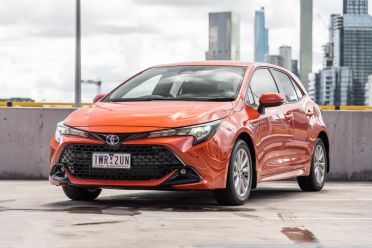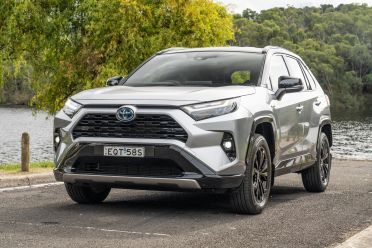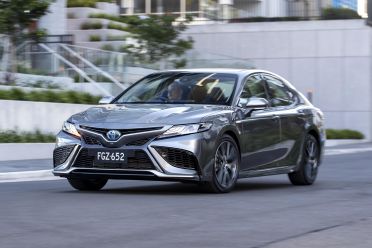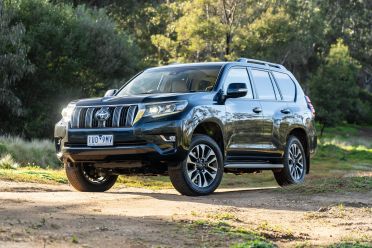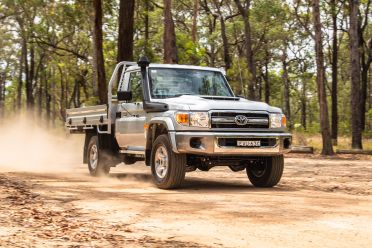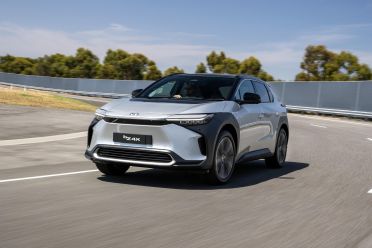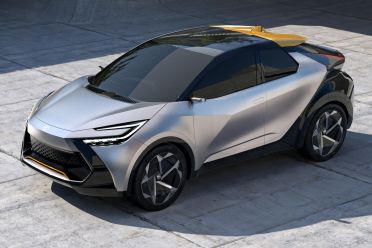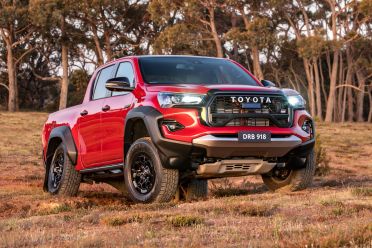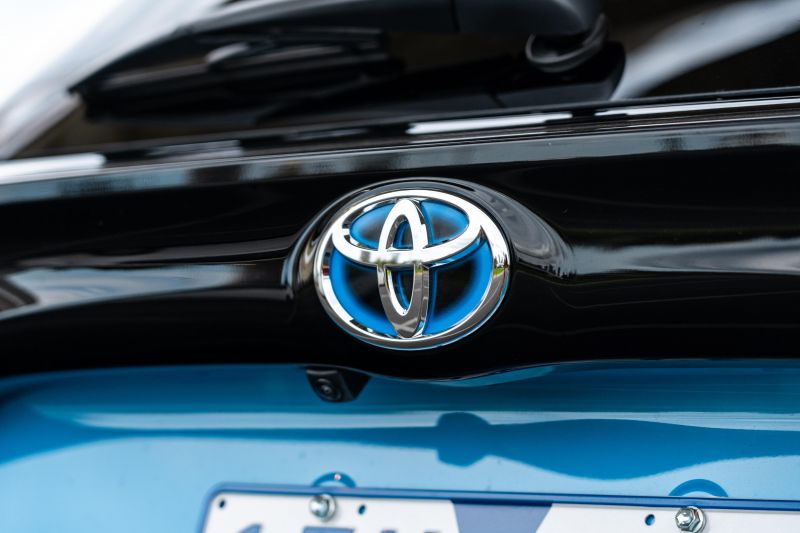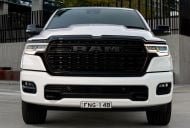Toyota Australia has confirmed it’s still battling against production and supply issues this year, with things not set to improve until the second half of 2023.
Speaking with CarExpert, Toyota’s vice president for sales and marketing, Sean Hanley, said these challenges would continue through the first quarter of 2023, off the back of a 31.4 per cent drop in sales (down 6554 units) in February VFACTS sales data.
“The February sales figures confirm that we continue to face supply constraints, which are likely to continue for the first quarter at least. At this stage, we are expecting improved supply during the second half of the year,” Mr Hanley said.
“We continue to work hard with our global production teams and our local dealers to ensure we receive and deliver as many cars as possible, as quickly as possible.”
“Demand for Toyota vehicles remains incredibly strong and our order bank is very healthy. For the full year, we are expecting to deliver more than 200,000 vehicles for the 19th time in the past 20 years,” Mr Hanley added.
Most of Toyota’s key model lines were down for the month and subsequently relinquished segment leadership for the month, namely the Corolla (1214 units, down 27.3 per cent), RAV4 (2115 units, down 52.5 per cent), and Prado (1123 units, down 59.6 per cent). The Camry was down 64.9 per cent to 333 units, but was still top of its class.
In particular, the usually top-selling RAV4 fell behind both the Mazda CX-5 (2600 units, up 105.5 per cent) and Mitsubishi Outlander (2166 units, up 29.5 per cent). Likewise the venerable and ever-popular LandCruiser Prado fell behind the Subaru Outback (1233 units, up 147.6 per cent) and the Isuzu MU-X (1225 units, 43.3 per cent).
While 31.4 per cent down in February and 23.5 per cent down so far in 2023, Toyota is still far and away Australia’s market leader.
Mazda maintained second place in February, but was likewise down on its usual numbers and was barely half of Toyota’s overall volume (7667 units, down 12.7 per cent). In third was Ford (6022 units, down 30.6 per cent), followed by Kia (6000 units, up 2.0 per cent).
Mr Hanley’s yearly forecast of “over 200,000 vehicles” in 2023 is a fairly modest benchmark, given the Japanese giant registered 231,050 vehicles in 2022 (up 3.3 per cent on 2021).
This latest development comes after a lengthy battle for Toyota Australia, which despite retaining market leadership has struggled with lengthy wait times on new orders, crippled supply, and production cuts across its global portfolio of factories.
It’s forced Toyota to even close orders for high-demand vehicles like the LandCruiser 70 Series, which aren’t set to reopen until at least mid-2023 – almost a year since it stopped taking orders for the venerable 4×4 range in July.
A light at the end of the tunnel could be shining, though. Later this year Toyota Australia will launch its first electric vehicle, the bZ4X crossover, as well as the HiLux GR Sport – a locally led, Ranger Raptor-style new variant of its top-selling dual-cab ute.
Toyota is also set to reveal the second-generation C-HR crossover later this year, previewed by the C-HR Prologue concept, which will feature a fully electrified powertrain line-up with both hybrid and plug-in hybrid options (think Prius SUV).
It’s been confirmed for Australia at some point – at least in hybrid form – though it’s unclear whether it will launch before the end of 2023 or sometime in 2024.
Stay tuned to CarExpert for all the latest, and let us know your thoughts in the comments below.
MORE: February VFACTS – Growth continues as EVs overtake hybrids



